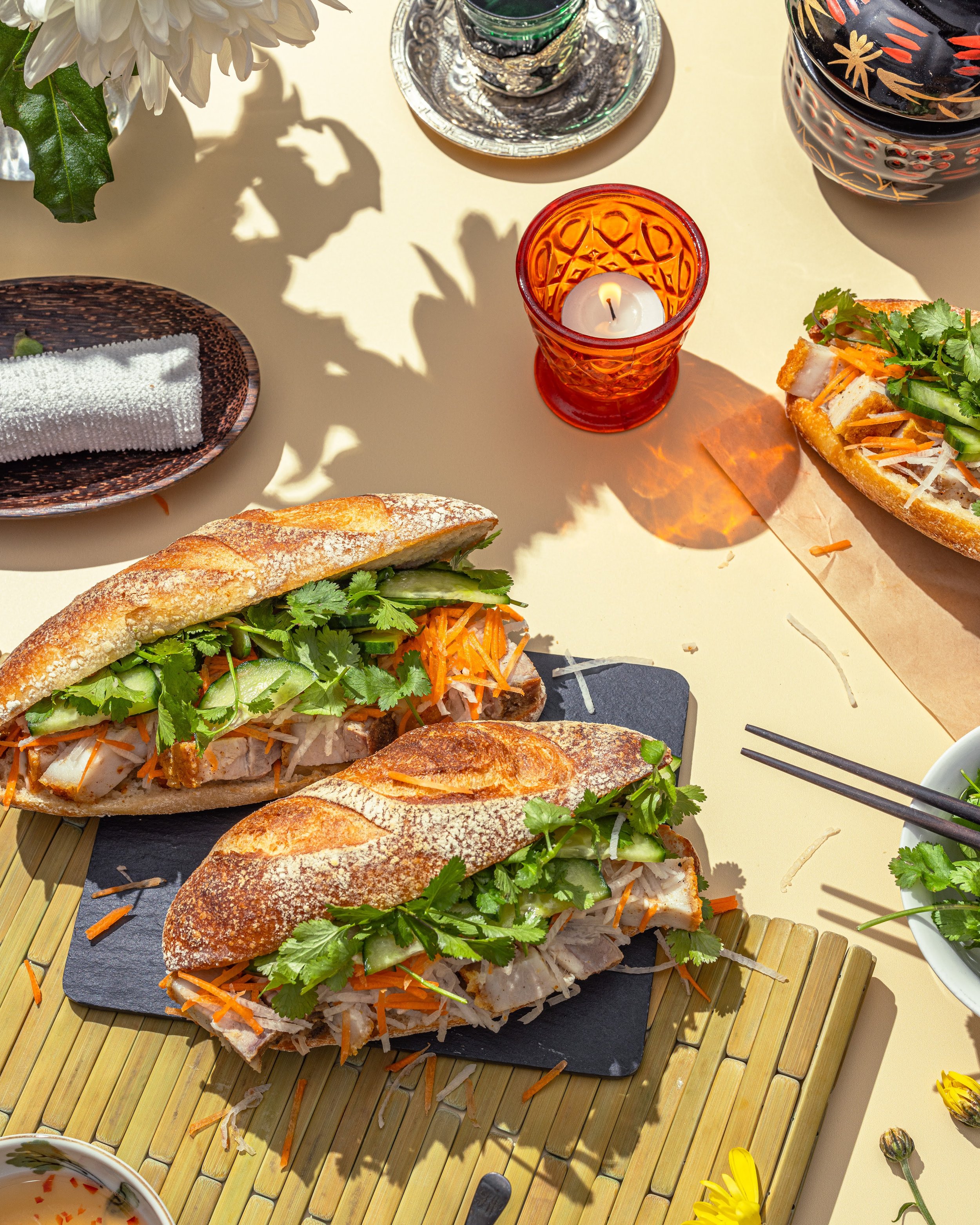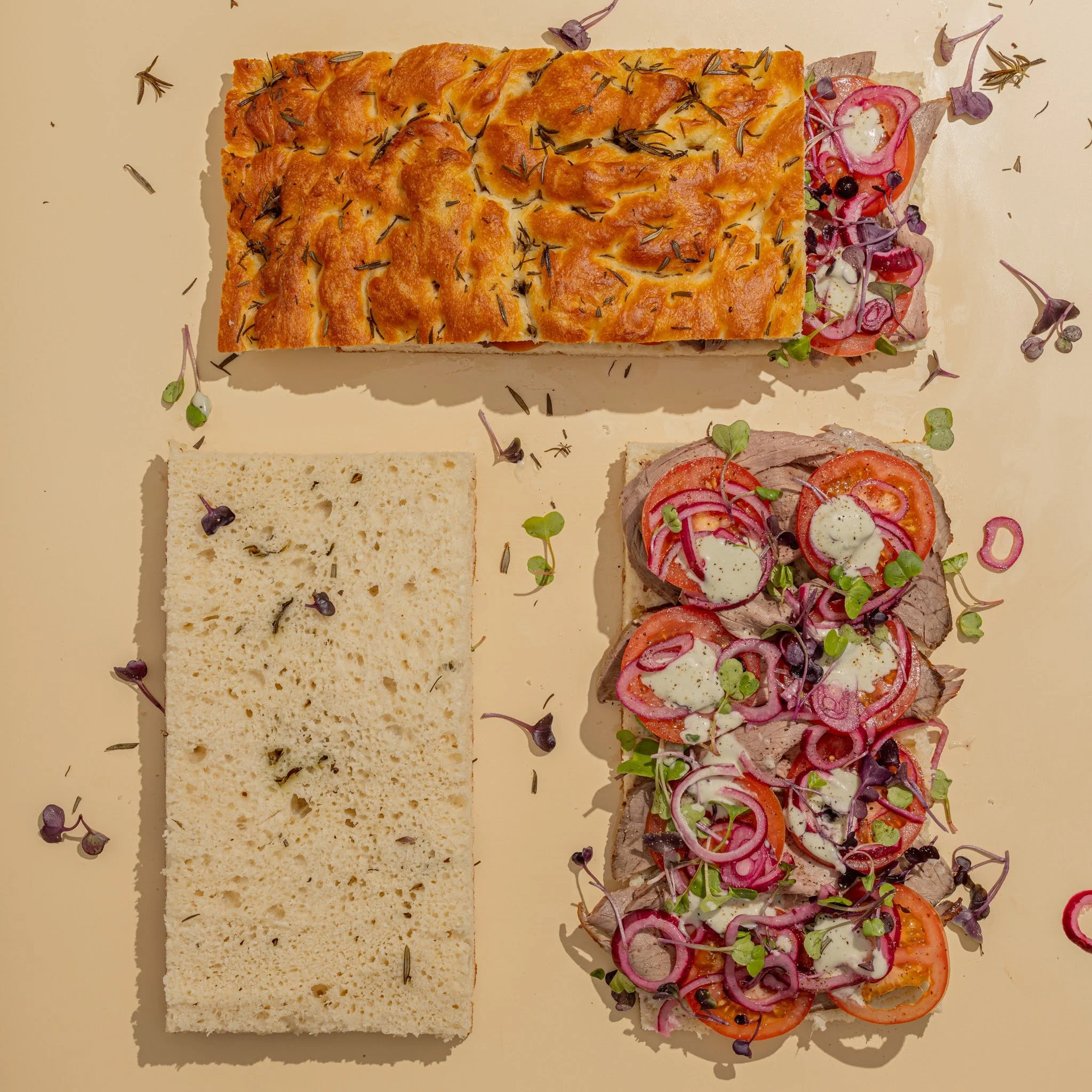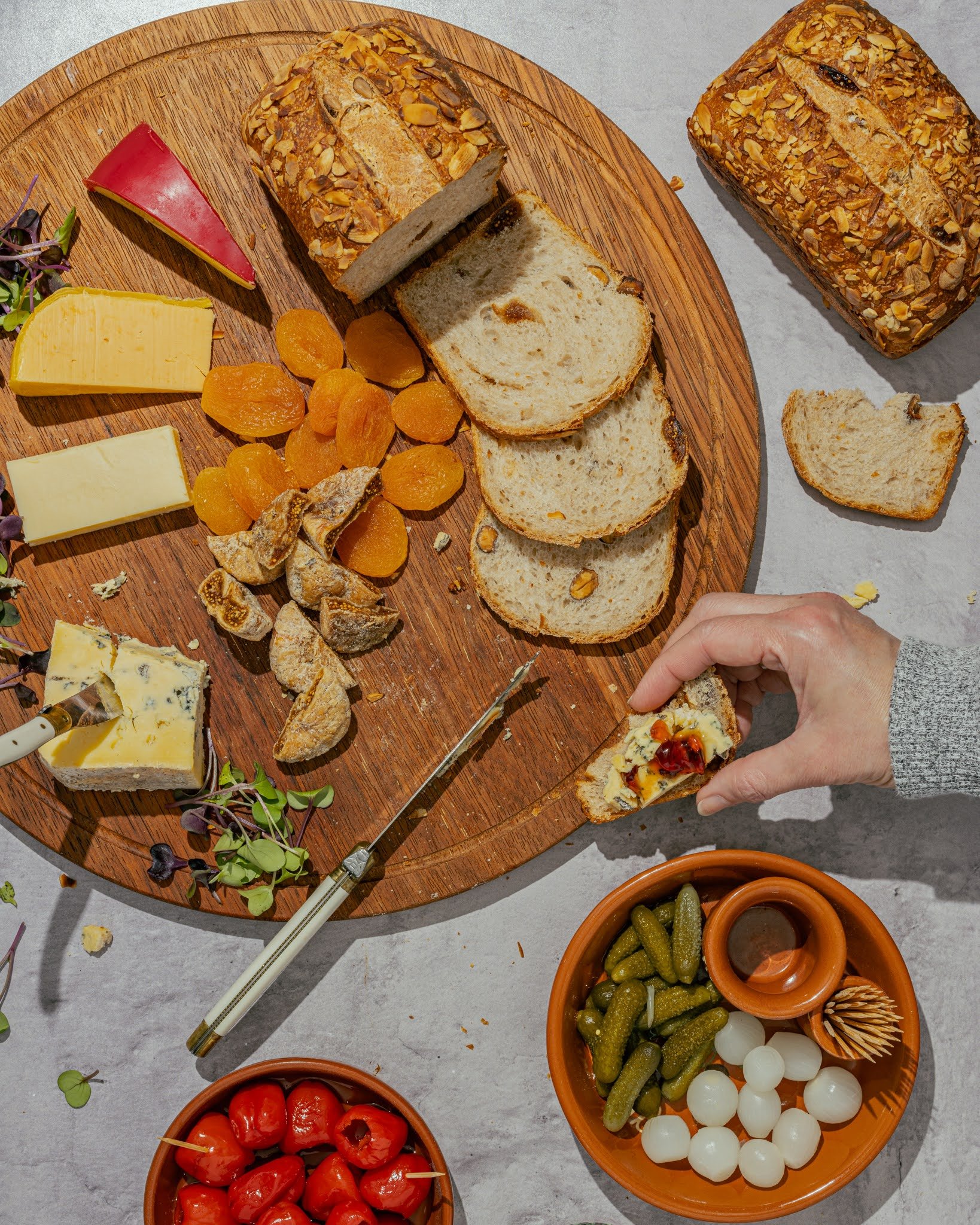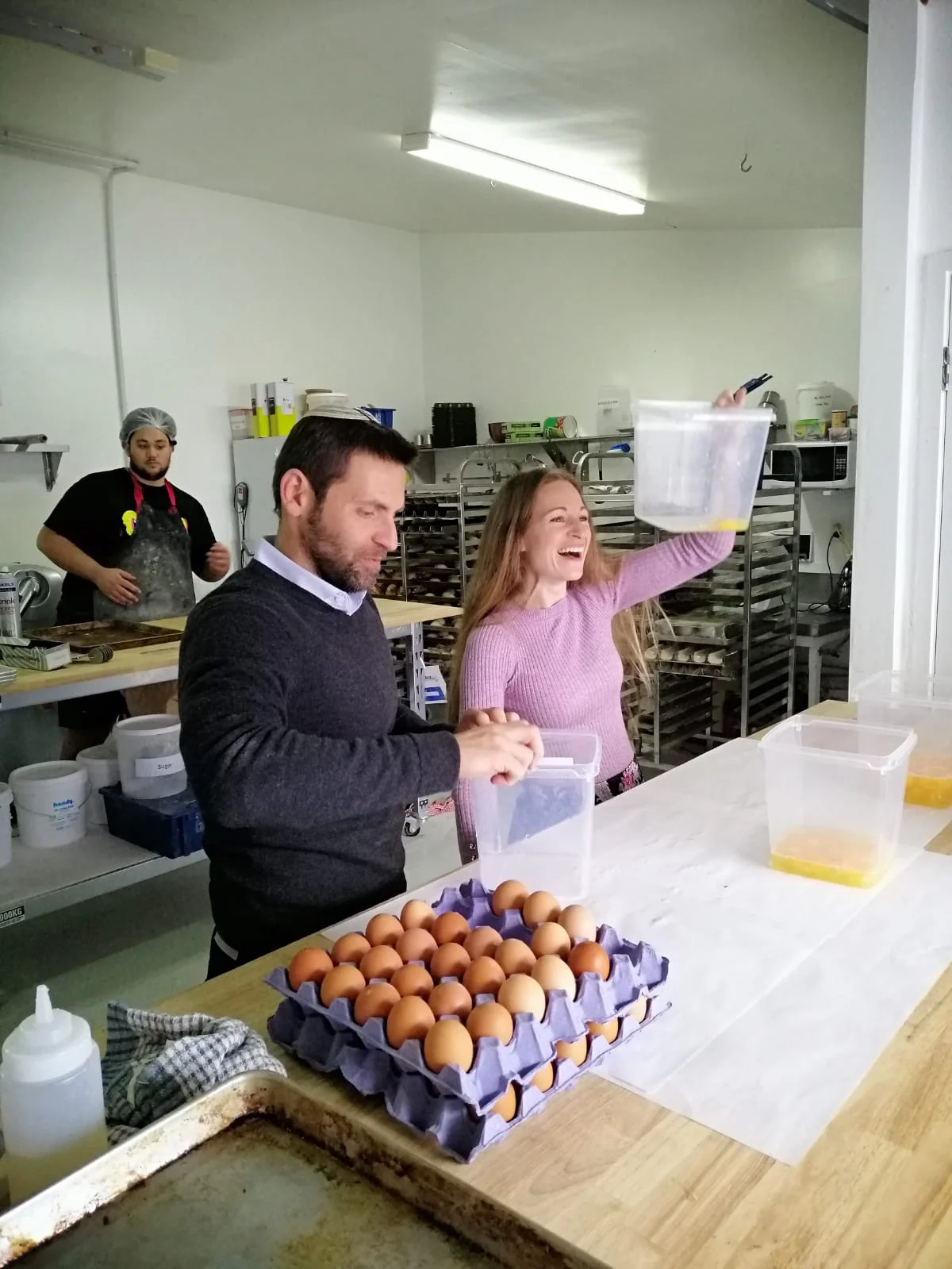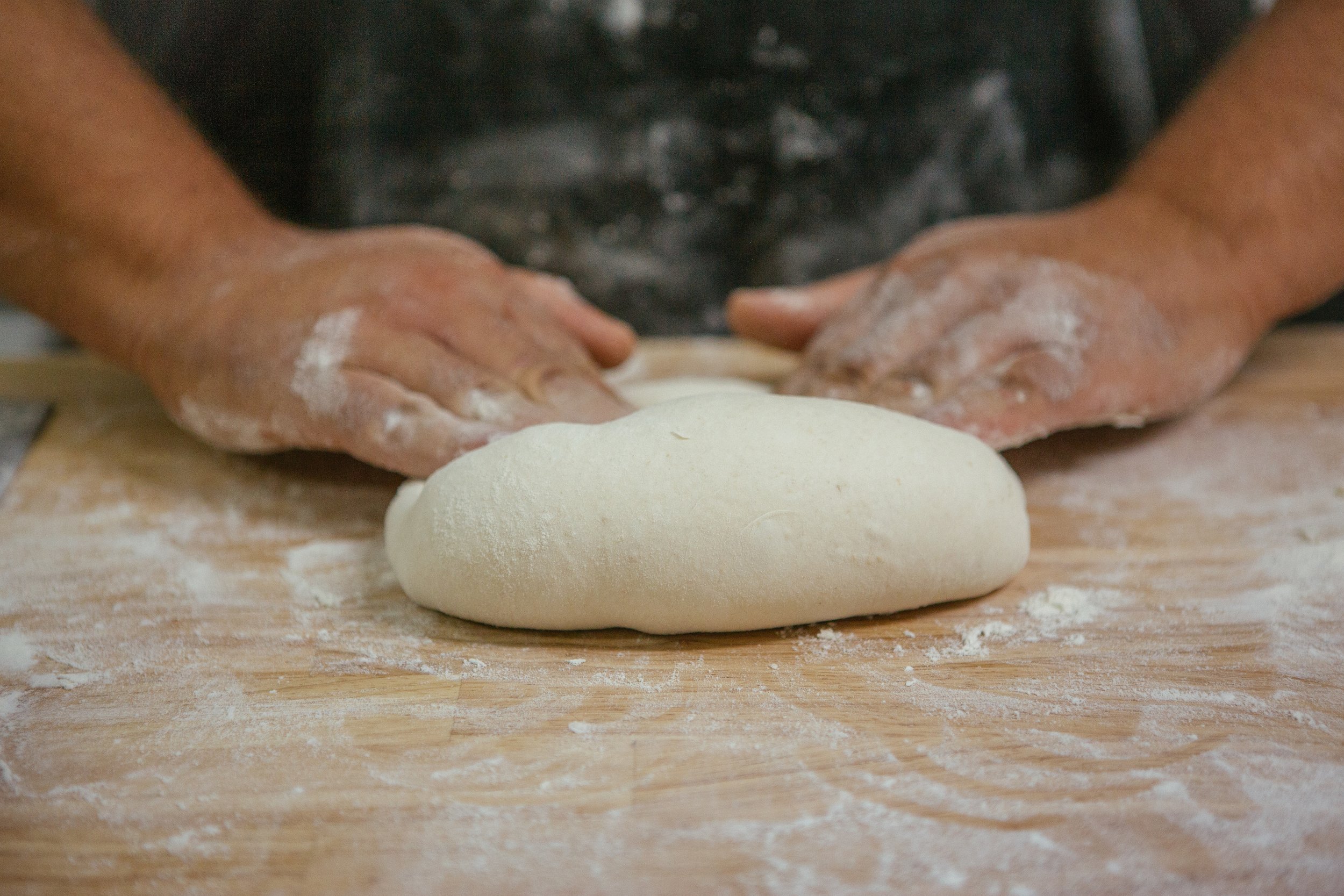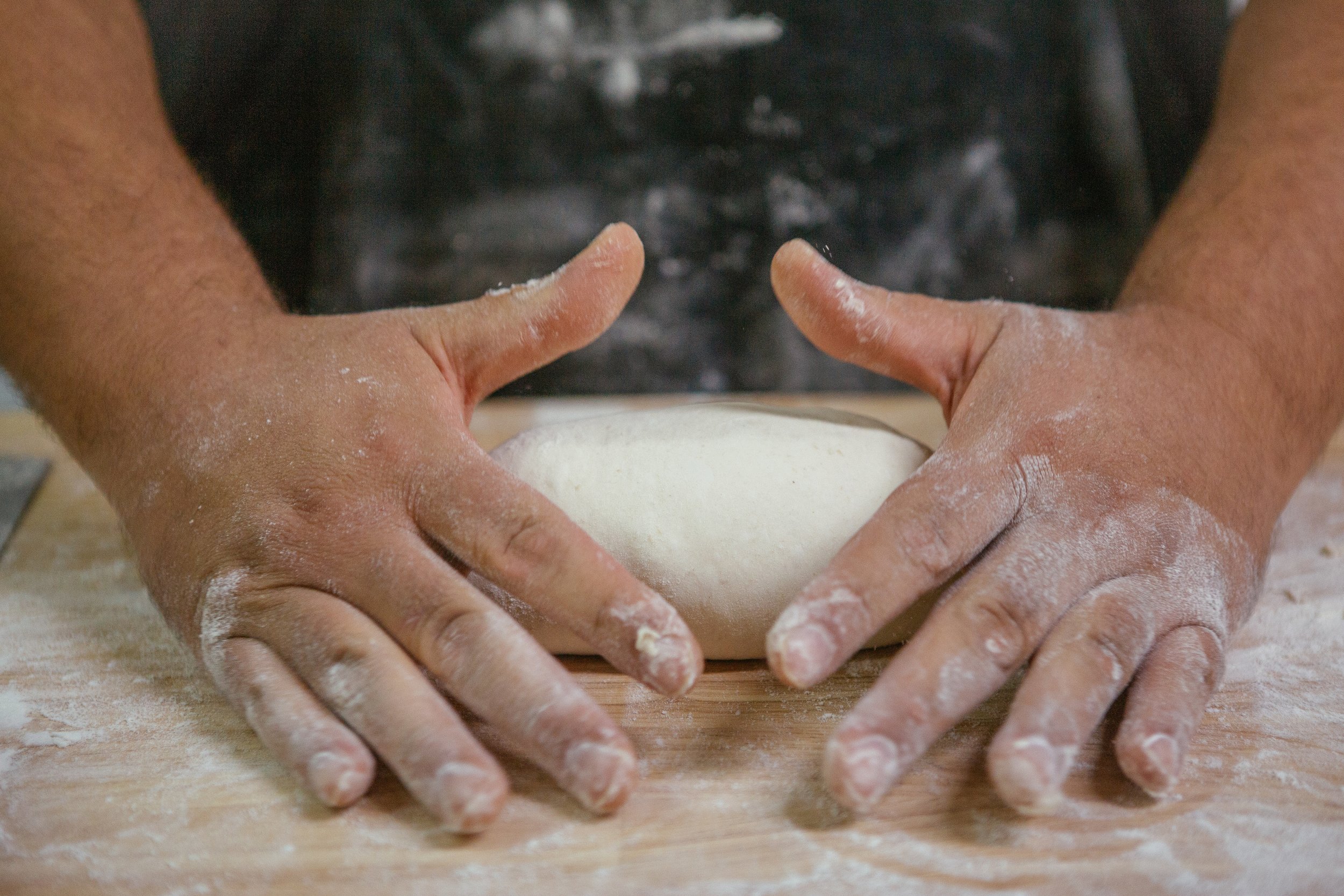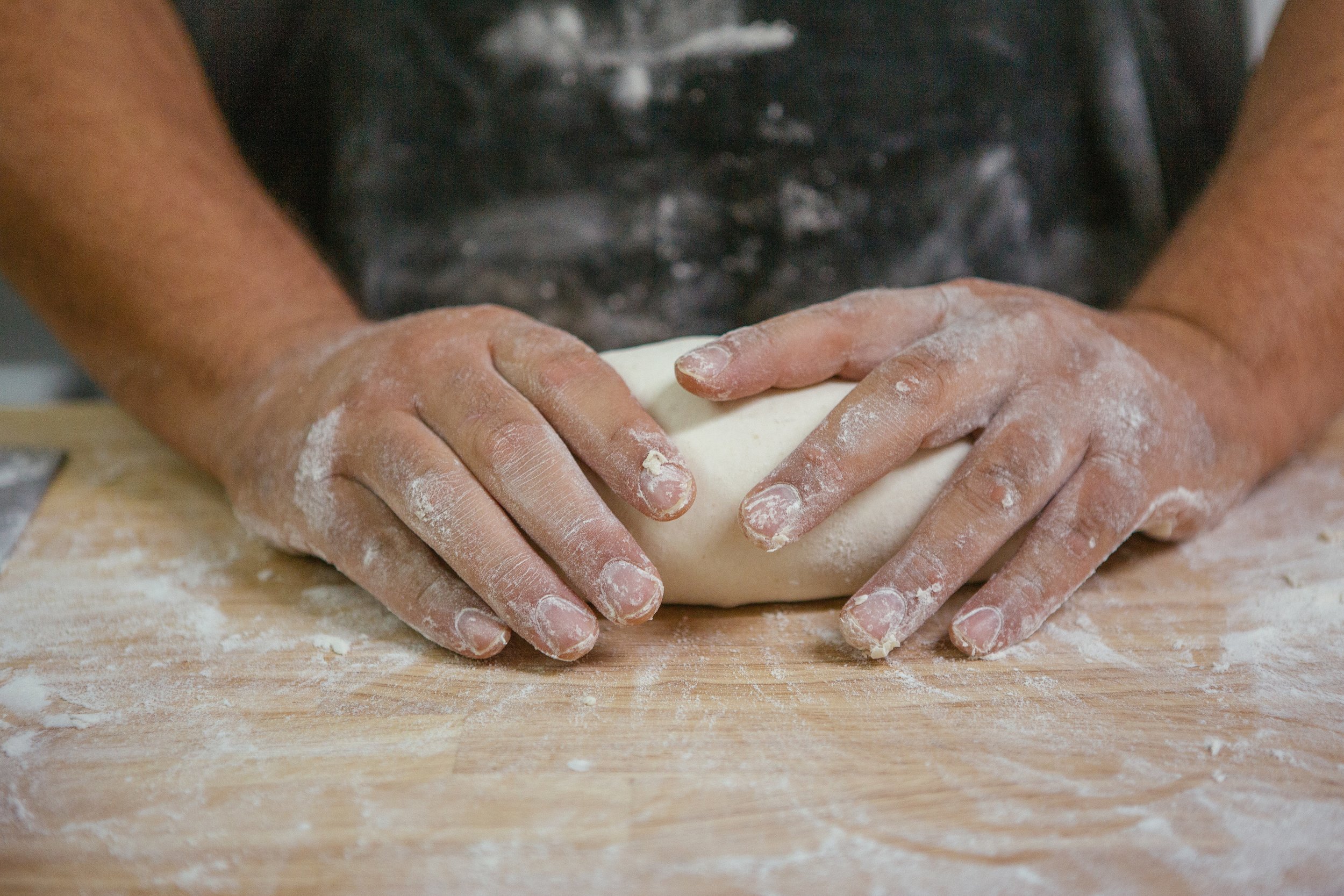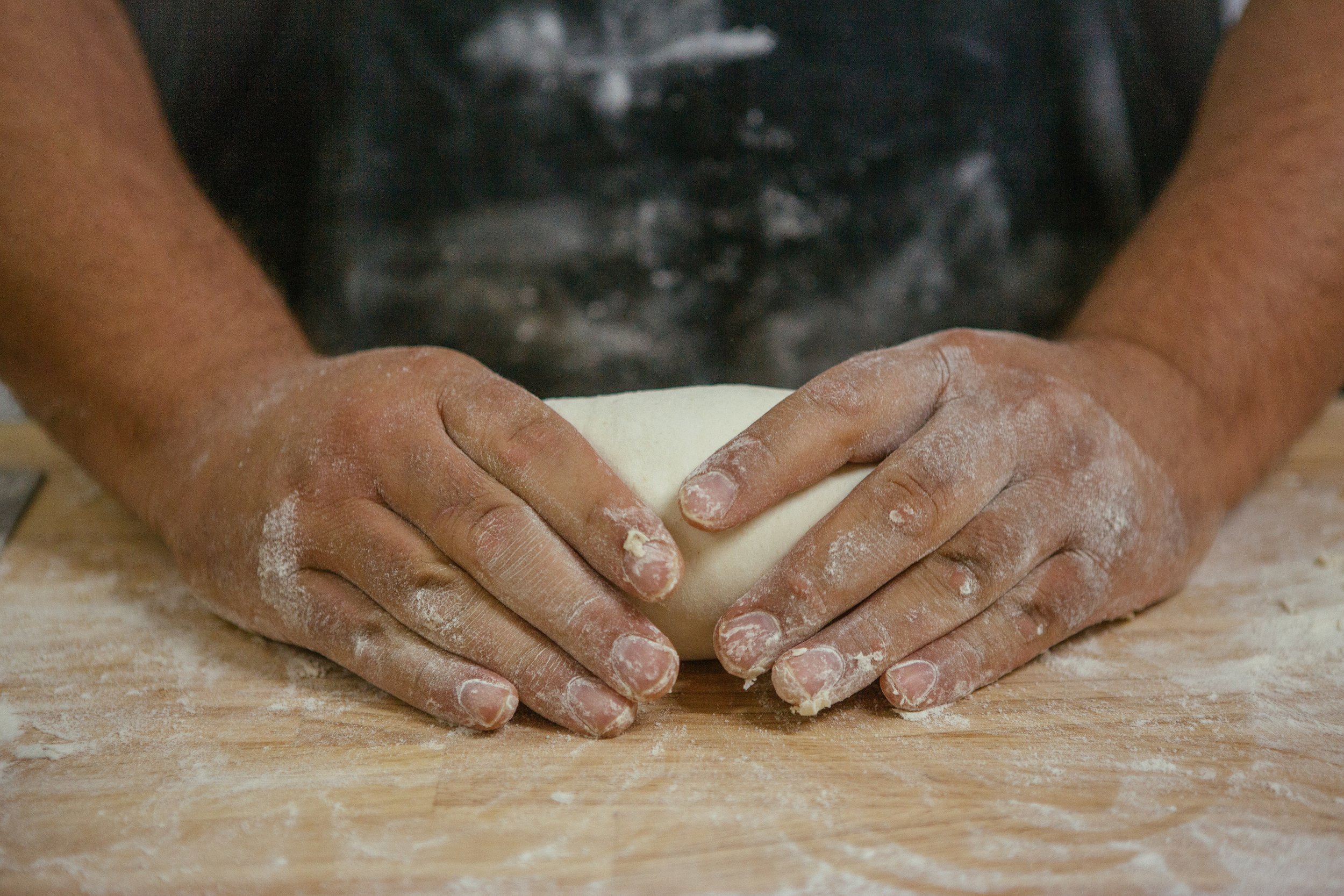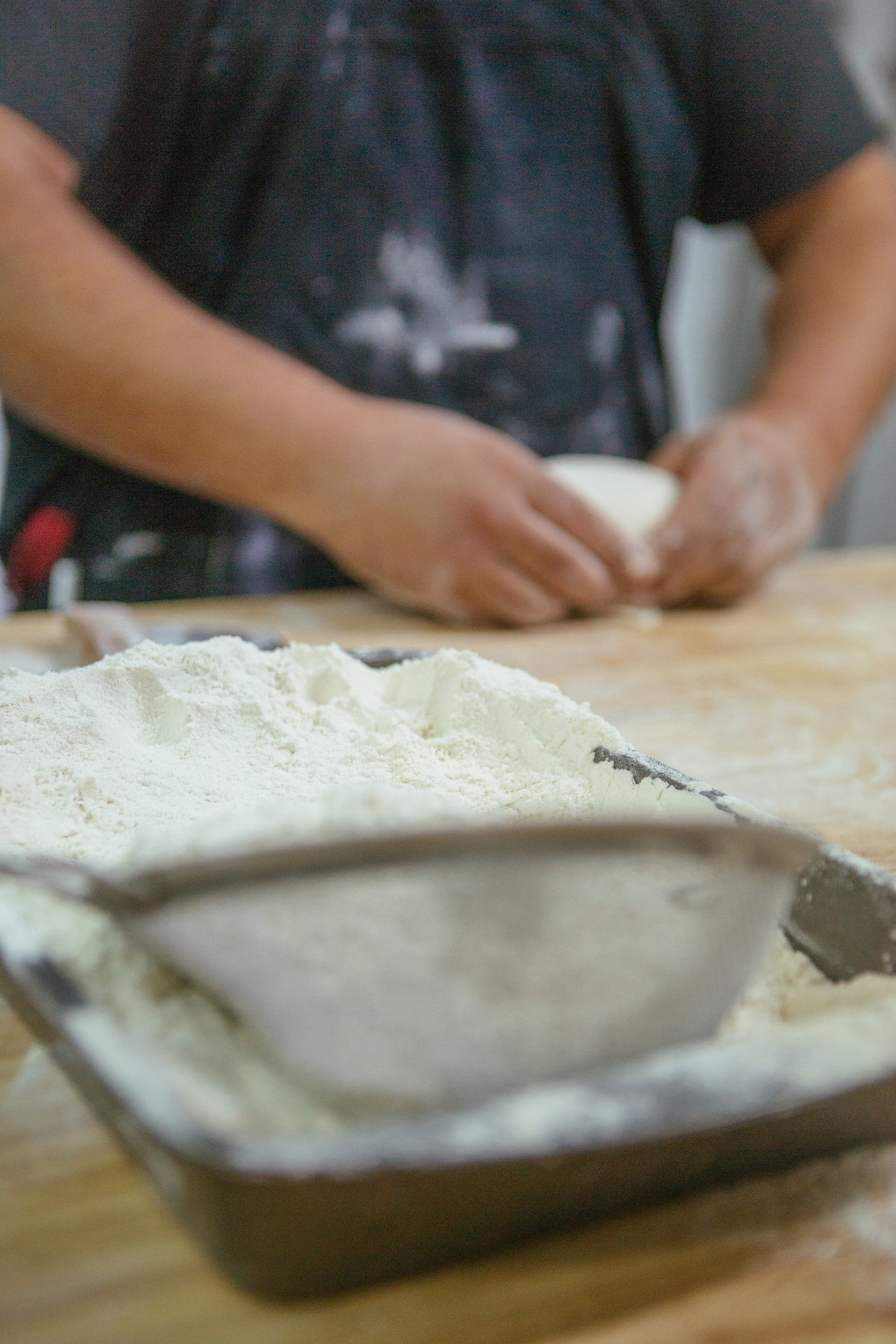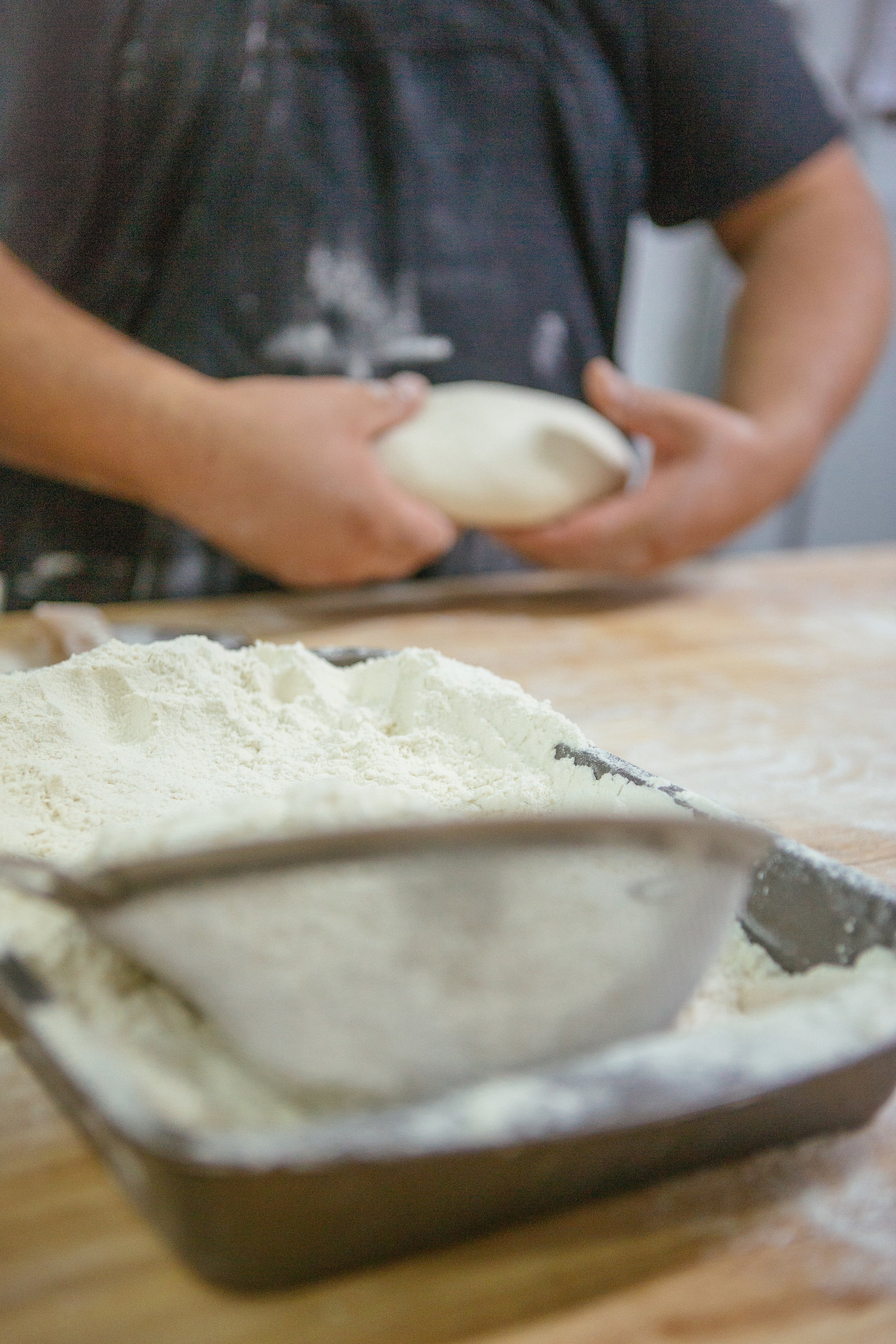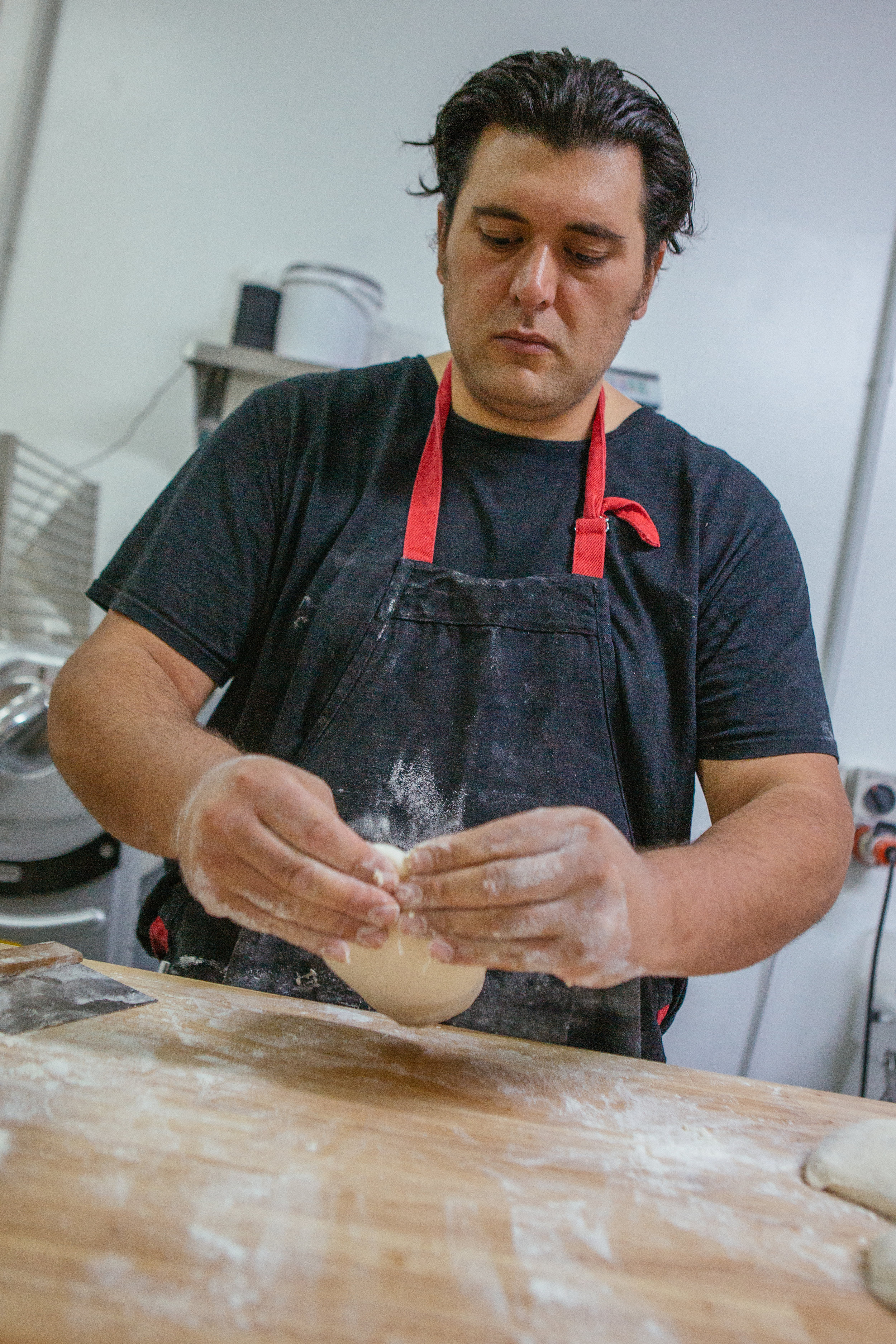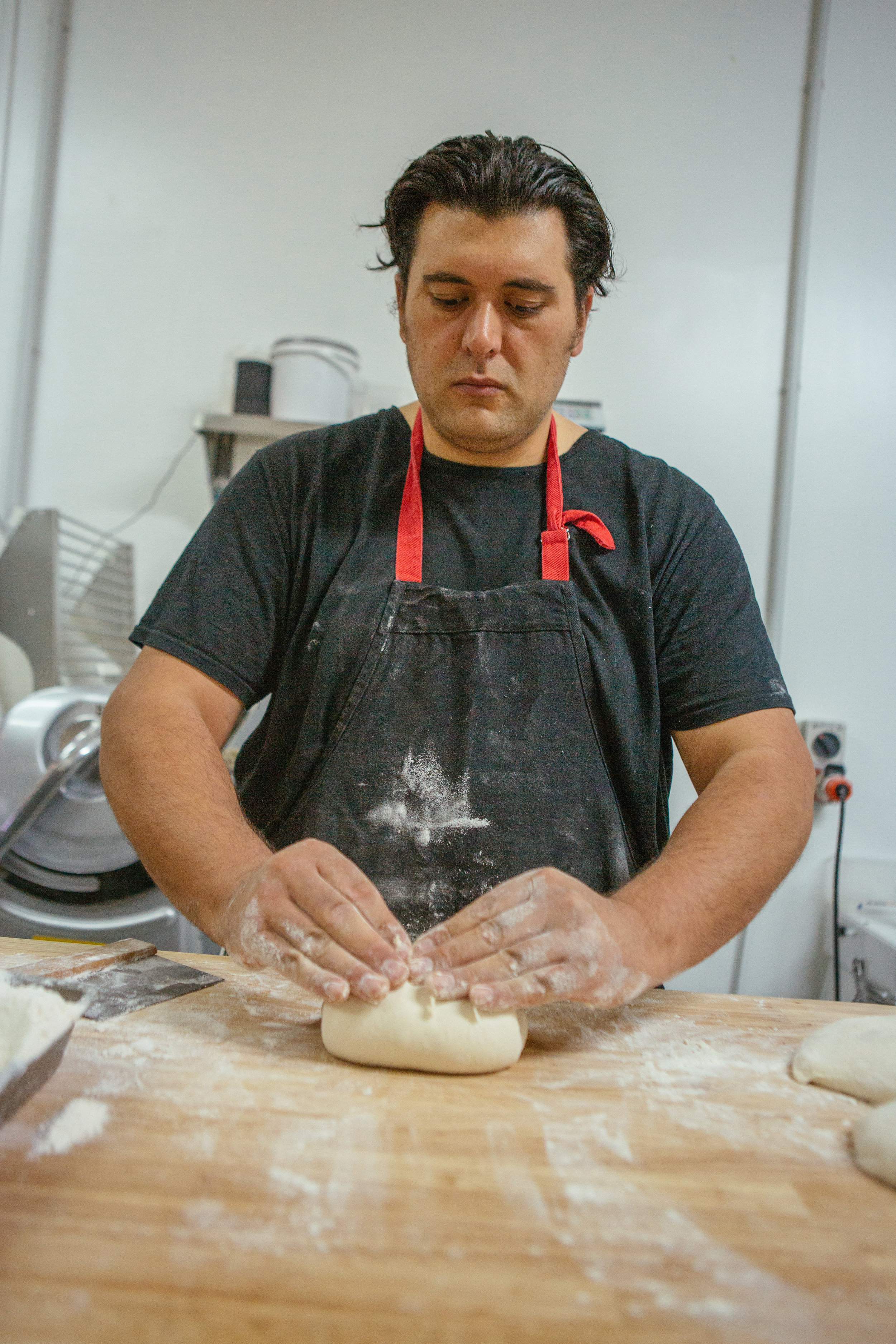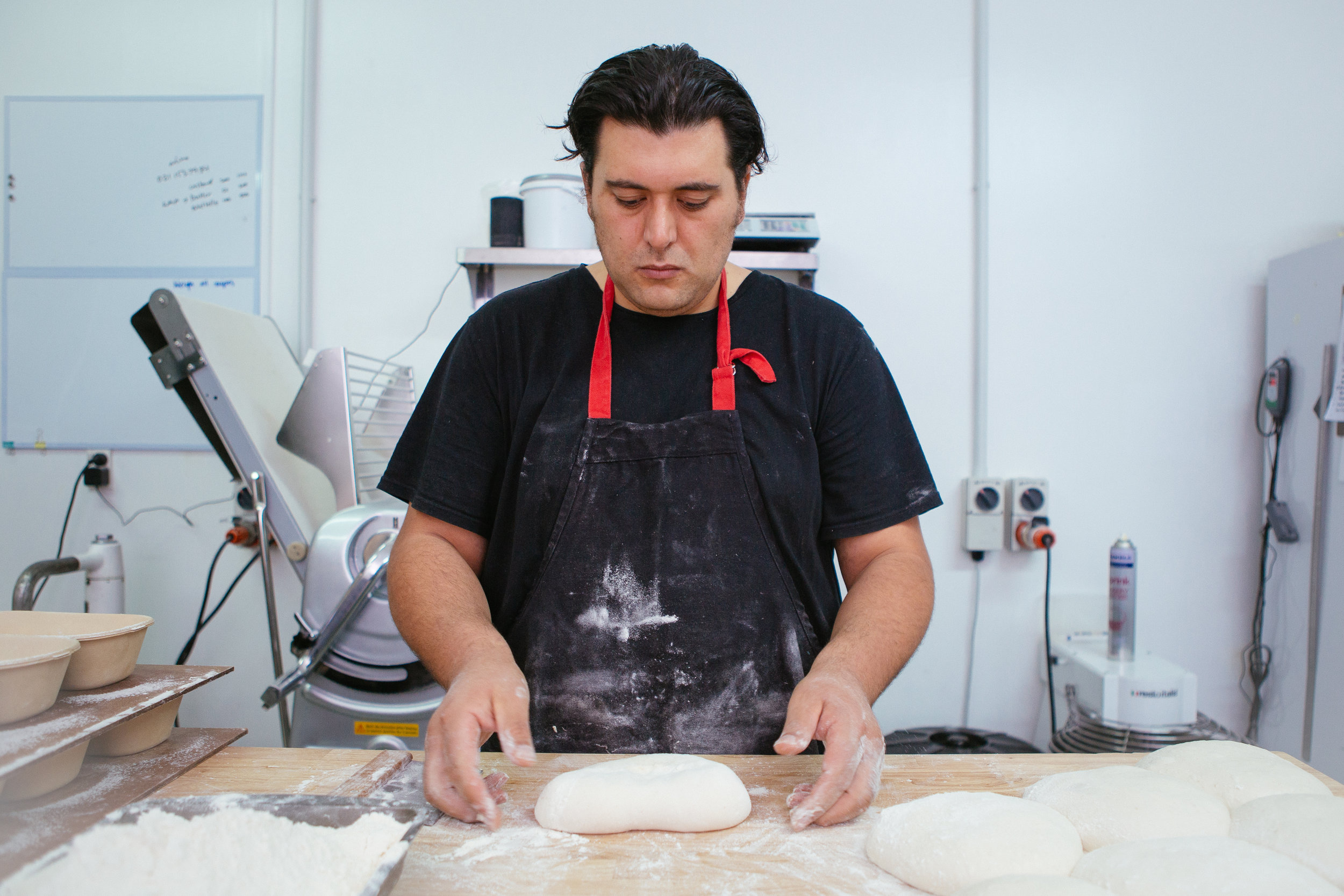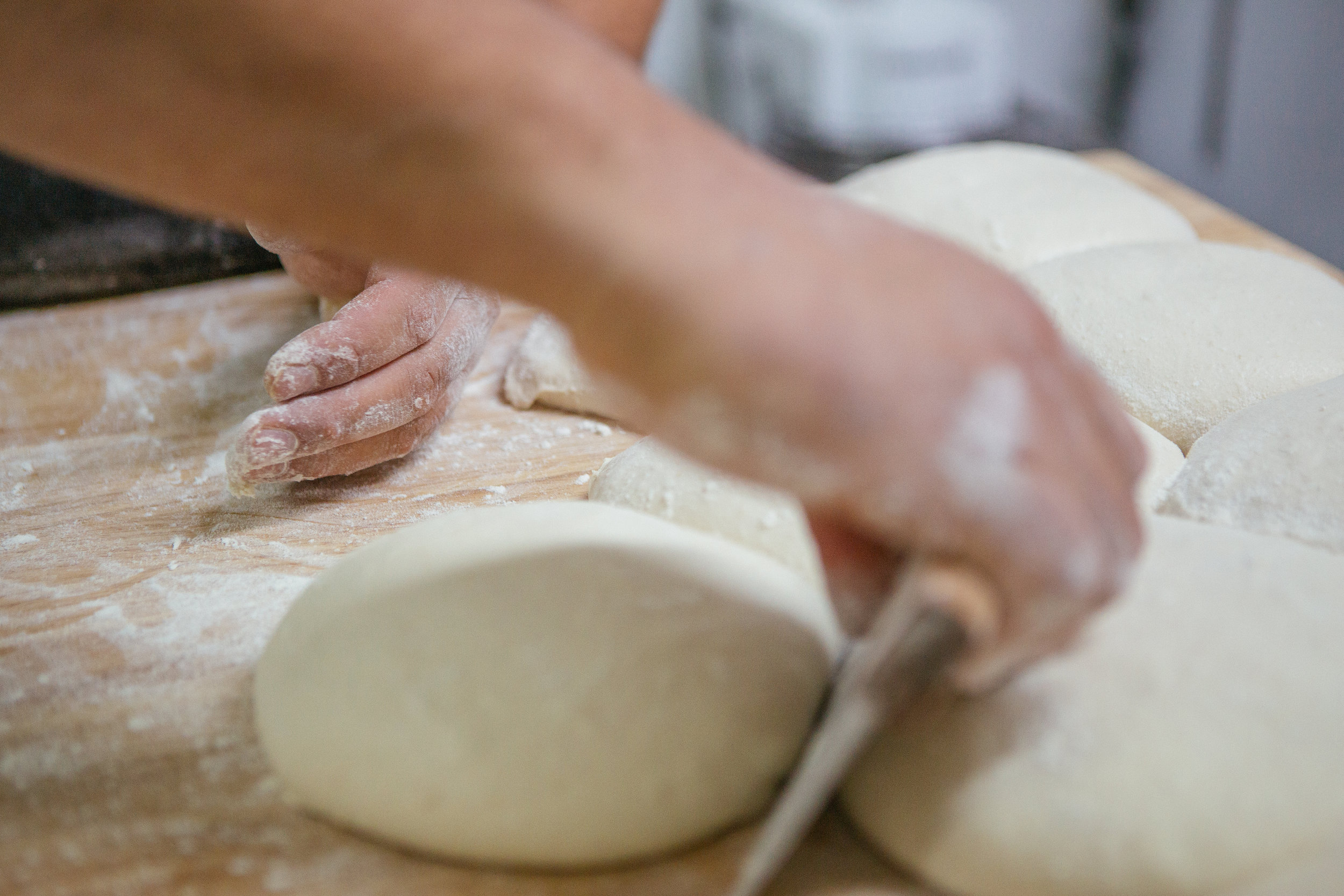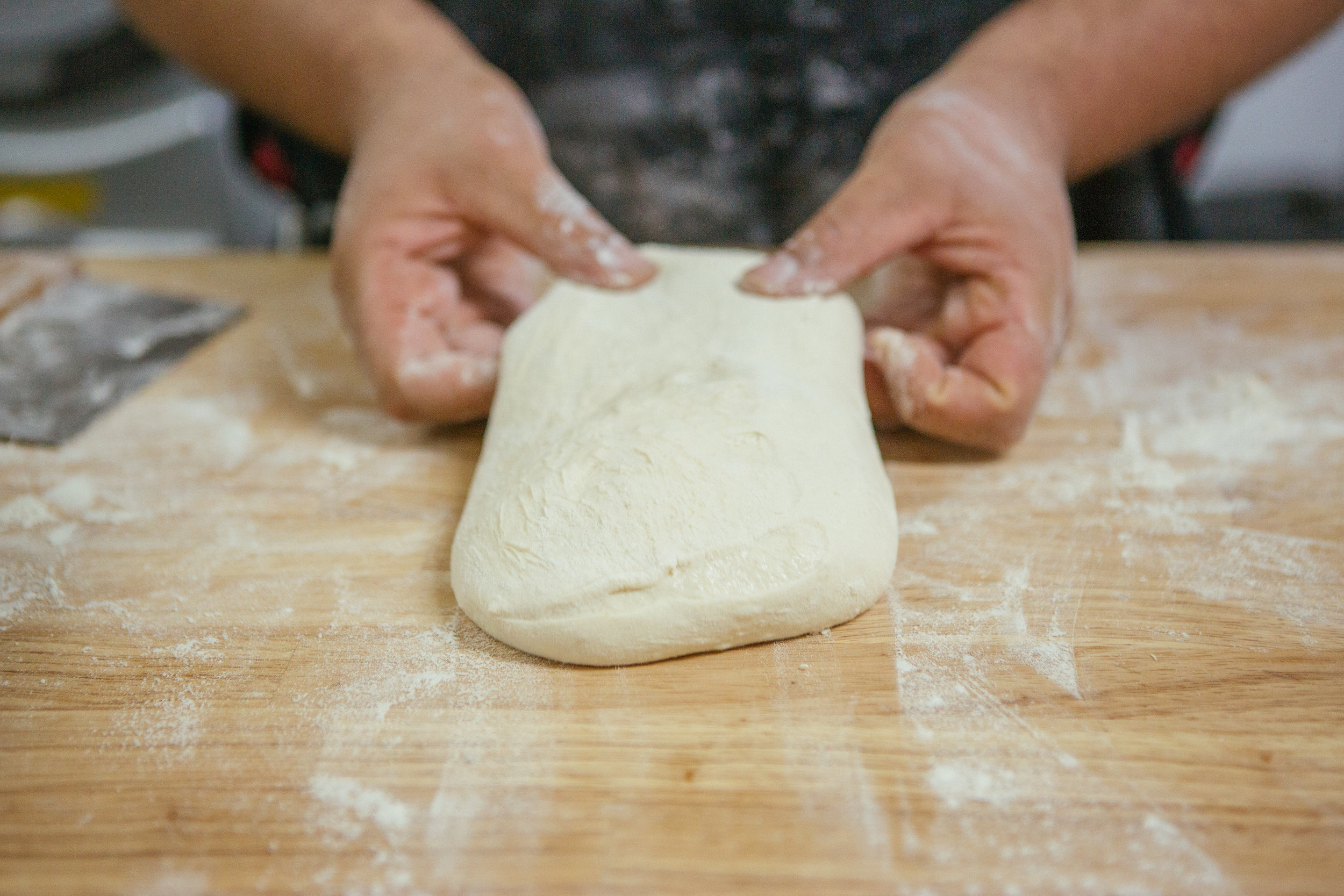Roast Pork Belly Bánh Mì
If you haven’t had bánh mì, then you have yet to discover one of life’s simple pleasures. Get a professional to make it if you can. Otherwise, do it your way with great baguettes (the first ingredient) and an online recipe. In case you’re salivating over the spread below; Catherene used Cantonese Crispy Pork Belly from Taiping and daikon instead of radish. Pâté is optional!
If you’re disinclined to eat meat, try tofu bánh mi (for a full recipe, refer to Priyanka Naik’s The Modern Tiffin (p111))
Roast Beef Focaccia Sandwiches
Fill with: rare roast beef, tomatoes, radish sprouts, wasabi mayonnaise, Pickled Red Onion. Season with salt & pepper (this goes for all the other bread fillings, but one never knows whether it is a given or people need to be reminded!)
Roast Beef Focaccia Sandwiches. Photo and food styling by Catherene Wilson @catherenewilson
Roast Beef Focaccia Sandwich precut slab. Photo and food styling by Catherene Wilson @catherenewilson
Or maybe try:
Spice roasted grapes and brie
Honey roasted pears, blue cheese and chopped walnuts
Pulled pork, pickles, and Swiss cheese
Roast pumpkin, chilli Halloumi, pesto and greens
And remember to change up the flavour and mouthfeel with different breads (traditional artisan breads offer a range of flavours because of how they are made (not with the same premix, dependent on ingredients, fermented etc).
Some book titles to inspire the young and experienced alike:
Rosie Reynolds Posh Sandwiches; Over 70 recipes from Reubens to banh mi
Jimmy Callaway Cult Sando; Classic and modern recipes for the popular Japanese sandwich

